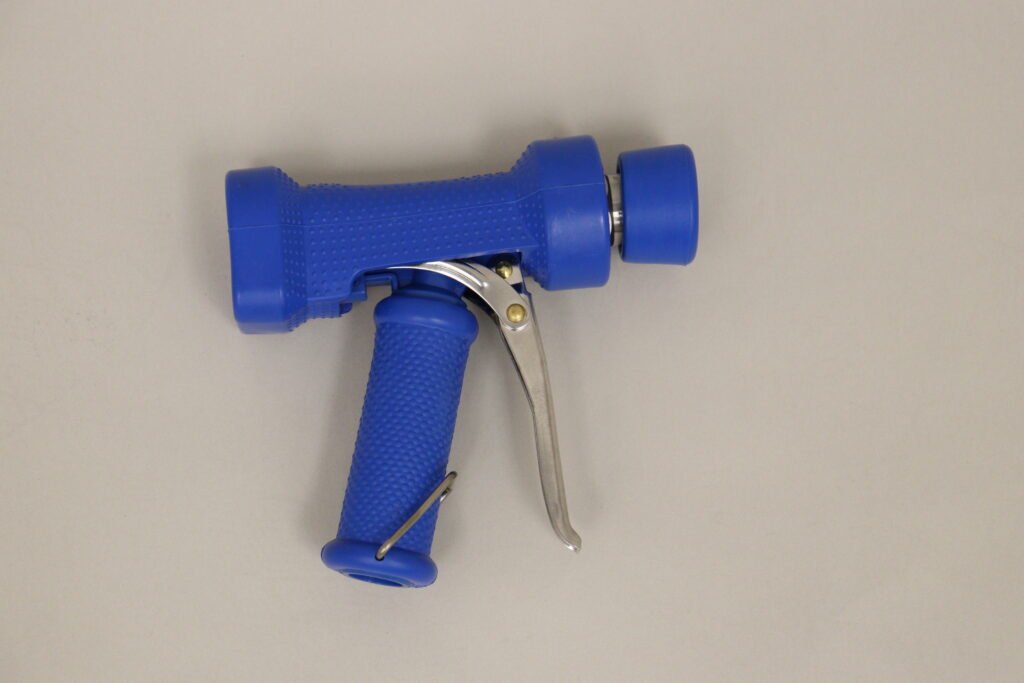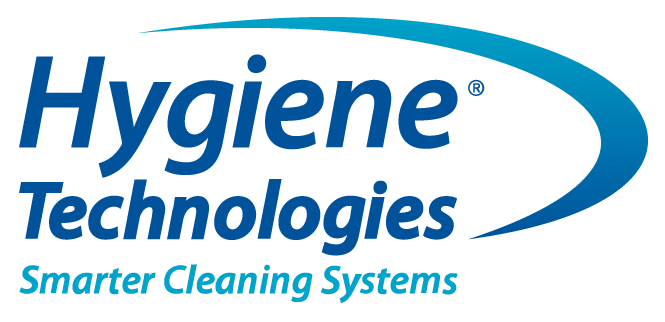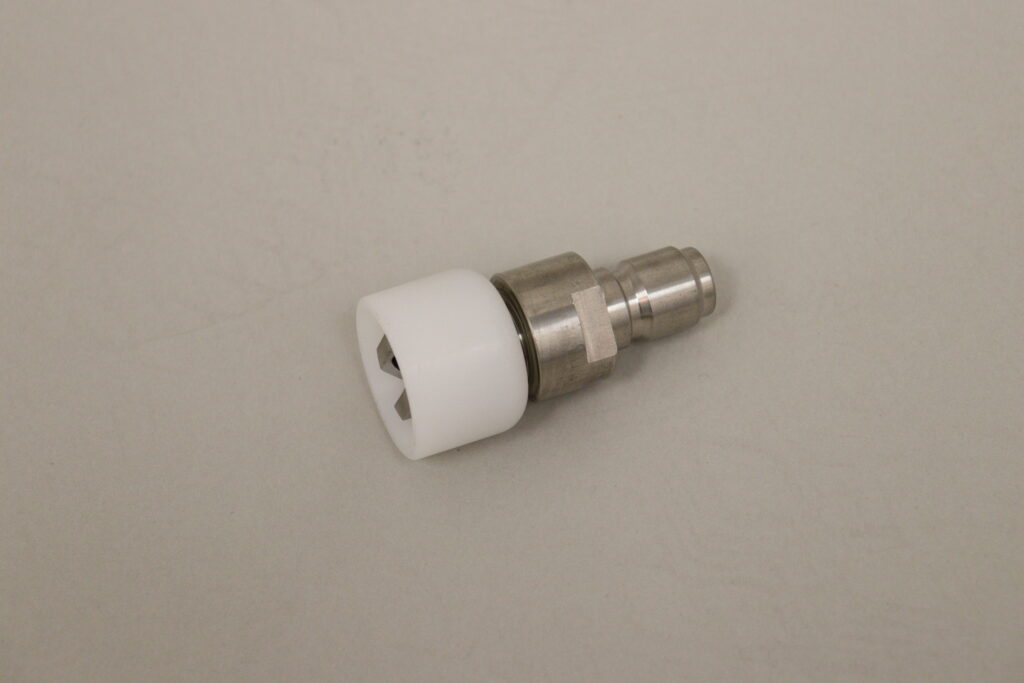Hello Guest,
In our journeys around our customers sites, we see numerous issues caused by not using the correct wash down accessories. Here are some of the common issues below:
 Large water use
Large water use
- Cleaners love heaps of water, but managers know the cost of incoming water, as well as the costs of effluent water created. Using the right accessory could potentially half your water consumption.
- Lost accessories
- Engineers try and combat water usage by putting small nozzles on the hoses to limit the flow, but cleaners have a quick solution to this restriction – chop the hose behind the nozzle and you get rid of the restriction!
- Fluctuating pressures
- This is a common cleaner complaint – another cleaner upstream removes the nozzle off their hose and drops the water pressure for the cleaner down the line. This causes frustration as cleaning performance is changing all the time.
- Large energy use
- It’s not unusual for a 19mm hose with no nozzle to deliver 100 litres per minute of water and when this is hot water you could be looking at 7 Kw of energy per hour per hose. We have witnessed hoses running when cleaners go on breaks – the wasted energy from these practices is huge.
- Too much time to clean due to poor hose performance
- Linking in with the fluctuating pressure point above, if performance is poor cleaners get frustrated, corners are cut and often cleaning takes longer than it needs to.
- Hoses fail prematurely or cause small black deposits on surfaces being rinsed
- A lot of engineers look only at hose specifications related to pressure and temperature, but forget the chemicals used in foaming hoses are corrosive to many materials – this is one of the prime reasons for hose failure in food industry with foaming hoses
A lot of people don’t realise there is a big range of washdown accessories available, that have been designed specifically for food factory cleaning challenges. While sometimes these can cost more, if they solve the issues above their cost in use is substantially less than the cheaper alternative.
Here are some of the solutions to the issues above:
- Add water restrictor discs in line prior to the water isolation valve on the wall.
- This will balance flow to each user without them knowing, stop fluctuating pressure issues and will save a lot of water. Beware with this solution though, if your pressure is too low it will need boosting to give reasonable cleaning performance, or you will not be friends with your cleaners!
- Give your cleaners decent quality accessories and train them on how to use and how they will make their job easier.
- Your wash down accessory supplier should be able to help you with this training and once the cleaners are on board you give them each the accessories they need so they take personal responsibility for them – if they lose or damage them, they need to sort out another way of getting the job done – not complain to management that they need new gear.
- Upgrade your system to a medium pressure system
- this does not have the disadvantages of high pressure such as aerosoling soils around and damaging equipment, but will save you a lot of water and energy if you are currently on a low pressure washdown system (3-6 bar)
- Make sure you find out from your cleaning hose supplier that the hoses they are selling you are fit for purpose. Some things to look out for are:
- Is the pressure rating OK?
- Is the hose rated for the maximum temperature you will be using?
- What chemicals are being used – make sure the hose materials are compatible
- Ensure that the hoses you use are smooth on the outside as textured hoses will be damaged a lot quicker than smooth ones when dragging around equipment
- The hose material needs to stay flexible when cold – some hoses are fine in the shop, but go quite stiff and hard to bend when in a cold environment which are common in food factories
- Fit-for-purpose hoses often have antimicrobial resistance in the outer covers – if this is an important feature for you, make sure you ask your supplier for lab tests proving the surface kills bacteria that lands on it
If you would like help with any of these aspects, please reach out to our team by filling in the form below and we will be back in touch with you ASAP.

